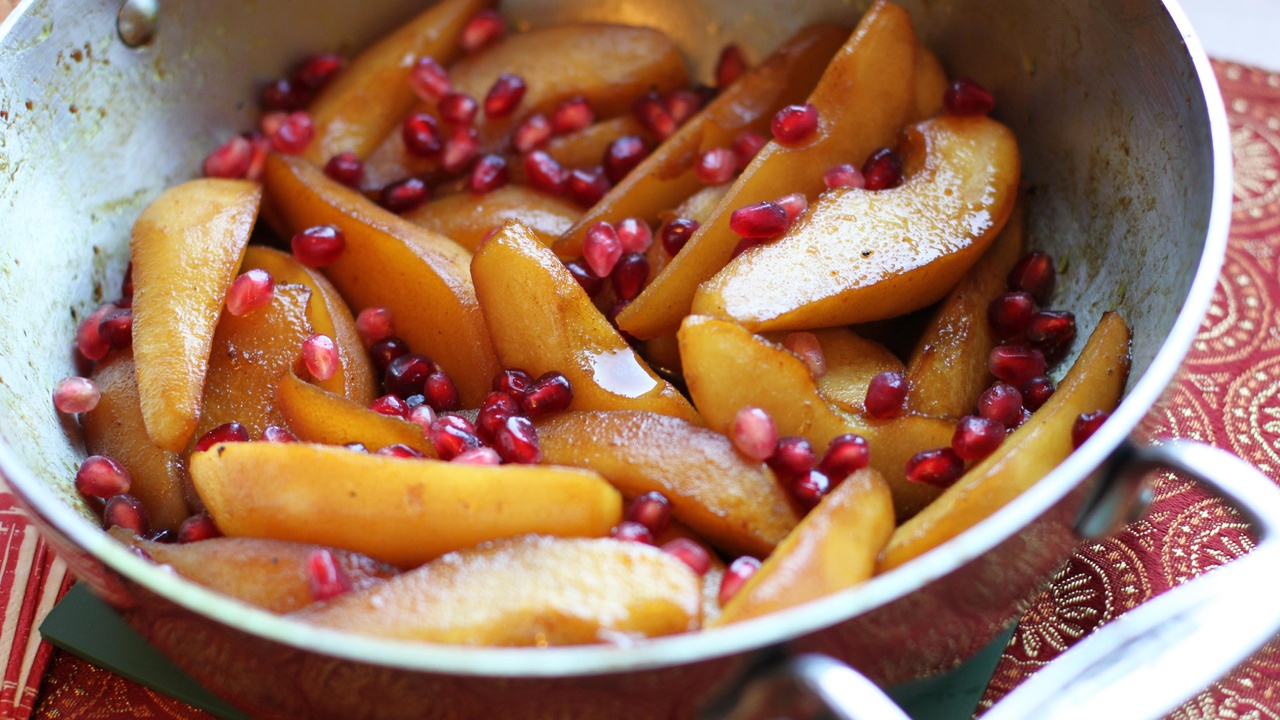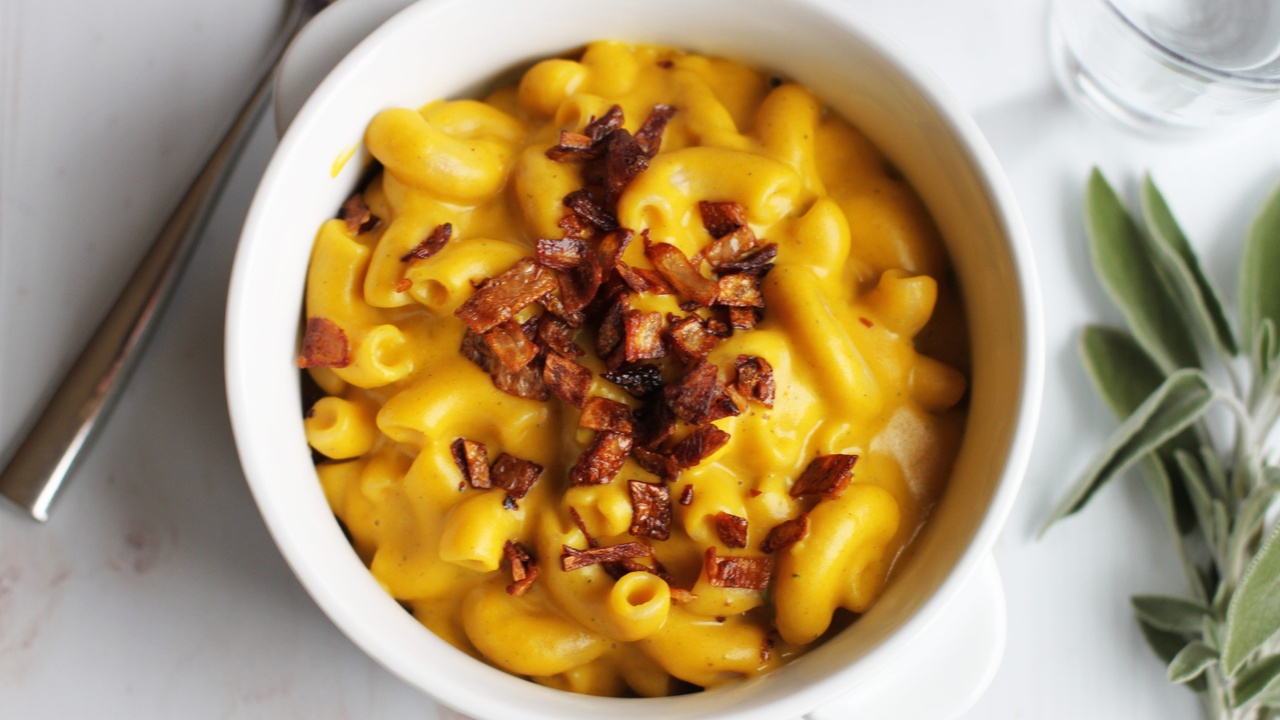Chive Potato Salad

Now that you’re armed with a solid burger, let’s add to your barbecue repertoire with an all-American accompaniment: good old potato salad.
Potato Salad is one of those sides that tends to elicit shrugs of indifference. I blame this on factory-made potato salad, scooped straight from the bucket at far too many a picnic and party. Some despise it, some like it, and few love it, but let’s face it– it’s plate filler. It can also be full of added sugar, preservatives, inflammatory oils, and industrially-farmed GMO potatoes.
This scratch-made potato salad, with fresh chives, crunchy celery, diced sweet onion, finely chopped fermented pickles, and some carefully selected ingredients, will make you want to ditch the factory-made stuff for good.
This recipe happens to be gluten-free, dairy-free, and vegan. White potatoes are considered fair game according to many (not all) Paleo proponents, so if you eat white potatoes, this recipe could be considered Paleo-friendly too.
Full disclosure: Some of the links in this post may be affiliate links. As an Amazon Associate, I earn from qualifying purchases. Purchasing a product using one of these links will support my work at no additional cost to you. Please know that I only recommend products I wholeheartedly stand by.
About This Potato Salad
If you can, try to make this Chive Potato Salad 1 day in advance. One of the reasons potato salad makes such classic barbecue and/or potluck fare is because it keeps well, and benefits from some time in the fridge before serving. The flavors bloom, meld, marry, and get happy with a little extra "bonding time."
This storability factor is why pre-packaged potato salads are so common, but when we prepare our own food, we get to control what goes into it, and as Thyroid Thrivers, we like that.
While potatoes are in the nightshade family, and some Thyroid Thrivers are sensitive to them, the rest of us can find a lot of nice things to say about potatoes, nutritionally speaking. We'll cover the Thyroid-healthy Recipe Highlights and talk about white potatoes in a little more detail below.
We'll also talk about cooking potatoes, specifically, cooking them for potato salad. This recipe is the result of quite a bit of research on how to make the ideal potato salad, and in this post, I'm going to share everything I learned with you.
Chef's Notes:
In developing this potato salad, I wanted to celebrate the humble chive and their greatest humble companion, the potato. What I set out to create was a classic potato salad, with all the nostalgia of American childhood memories, yet elevated and adorned with these verdant jewels from the garden.
Over a decade ago, I planted a patch of chives in my backdoor herb garden-- four bunches in a diamond pattern. It’s a sizable bed, and over the years I've added several perennial herbs like sage, tarragon, and thyme.
Having this selection of fresh herbs outside my kitchen door is one of my favorite thyroid-healthy flavor hacks during our Montana growing season, and is also a great way to save on fresh organic foods.
Further Reading: 10 Ways to Make Thyroid-healthy Eating More Affordable
Every spring, without my doing a darn thing, the chives return in vibrant green onion glory. Their lavender pompom flowers are lovely to behold. When fresh and tender, the blooms are as good to eat as the chives themselves, adding the same sweet, soft, onion flavor as their slender stalks.
Don't worry; if you don't have fresh chive flowers out your backdoor you can just sprinkle this salad with a confetti of freshly snipped chives. Even if you can't find chives at your local grocer, you can simply substitute green onion.

The honeybees love chive flowers too.
Tips for the Perfect Potato Salad
Perfect potato salad depends, in large part, on perfectly cooked potatoes. They should be soft and tender without being mushy, and infused with all the tart creaminess of the dressing you cloak them in. Follow these tips and you’ll be on the road to potato salad bliss:
- Use a waxy potato variety. Waxy potatoes like red skins hold up best in potato salad and tend to have the right degree of absorbency over starchy potatoes like Russets, which can be overly absorbent and fall apart once cooked.
- Boil the potatoes whole, with the skin on. Leaving the skin on prevents the potatoes from absorbing water, which in turn allows them to absorb more flavor from the dressing. It also prevents them from absorbing any flavor from the cooking liquid with their skins on, so don’t bother salting or otherwise seasoning the water.
- Start the potatoes in plenty of cool water. This is a good trick to know whether you’re making potato salad, mashed potatoes, or simple boiled potatoes. Placing potatoes in water that’s already boiling cooks the outside of the potato before the inside. The result is a mushy exterior and undercooked interior. Starting the potatoes in cool water ensures even cooking. Also, be sure you have a large enough pot to cover the potatoes in plenty of water. To ensure even cooking they need to be evenly submerged, and you should be able to stir them during cooking.
- Achieve the proper degree of doneness. Boil potatoes until tender when pierced with a fork or paring knife. They should give little to no resistance. The proper degree of doneness is important here, as undercooked potatoes have an undesirable crunch, and overcooked potatoes fall apart. Check the potatoes often during cooking, starting with the smallest potatoes first. If your potatoes are variable in size, use tongs to remove them from cooking water individually, as they reach the perfect point of tenderness (from smallest to largest).
- Cut when cool enough to handle. Potatoes absorb more flavor when warm, but there’s no need to scorch your fingertips. Cutting them while still warm will help them absorb flavor, as will making the potato salad a day in advance, allowing the flavors to mingle and infuse.
- To peel or not to peel? I’ve found that by the time the potatoes are tender, the skins have split and are loose. Red-skinned potatoes look pretty in an “unpeeled” potato salad, but those loose skins can be tricky to cut. If you would like to include the skins (or some of the skins) in your potato salad, use a serrated knife to cut the potatoes. Otherwise, you can easily slip the skins from the potatoes with your fingers. NOTE: Removing the skins reduces the amount of naturally-occurring nightshade toxins in the finished dish, but will also reduce the amount of thyroid-supportive vitamins and minerals, like iodine in the finished dish. Choose according to your unique dietary needs and sensitivities.
- Make in advance. This classically-inspired potato salad is best if it has time to let the flavors marry and meld-- at least a few hours, and if possible, overnight.
Are Potatoes Good for Thyroid Thrivers?
First, let's get clear on what we're talking about, which is white potatoes. By "white potatoes" I mean white-fleshed potatoes in the nightshade family as opposed to white or orange-fleshed sweet potatoes which are not in the nightshade family. I cover this topic in-depth HERE, but here's the nutshell version:
White potatoes are in the nightshade family, and some Thyroid Thrivers are sensitive to the naturally occurring toxins in these foods. White potatoes also fall into a gray area as far as being Paleo compliant and are not considered AIP compliant during the elimination phase. If you are not sensitive to nightshades, or on a diet that eliminates nightshades, white potatoes can be a thyroid-healthy food, as long as they're prepared in a healthy way.
Are potatoes right for YOU? The answer is that it depends. It depends on you and your unique sensitivities to some of the natural substances in potatoes, and it depends on your current dietary requirements and goals. Sometimes, the devil is in the dosage.
If you do eat potatoes, keep in mind that this particular recipe checks a lot of boxes for preparing them in the best possible way (keep reading).
Further Reading: Are White Potatoes Thyroid-healthy?
For Thyroid Thrivers, in general, the more nutrient density and gut-health supportive foods are, the better. In their purest, most unadulterated form, potatoes are actually quite nutritious. In particular, potatoes feature several key thyroid-supporting nutrients like Vitamin C, B6, Potassium, Magnesium, Iron, and Iodine. They are also high in gut-health-supportive resistant starch which feeds the beneficial bacteria throughout our digestive tract, all the way to the colon.
The glycemic index has somewhat vilified potatoes, which measures the increase in blood sugar associated with foods. Potatoes, like many other starchy carbs, scores rather high on the glycemic index. The glycemic index for a baked potato is 111. That's a high number but here's the thing: this metric is highly variable depending on how the potatoes were prepared.
Cooling and storing the potato, preparing it with some fat or an acidic ingredient like vinegar, serving it with protein, and the potato's naturally occurring resistant starch, can all make that glycemic index come way, way down. All of those glycemic-index-lowering factors are present and accounted for in this Chive Potato Salad recipe (as long as you serve it alongside some protein, like a burger).
One way to decrease the amount of naturally occurring nightshade toxins you consume when eating potatoes is to peel them, which is an easy option in this Chive Potato Salad recipe. Keep in mind that this will also reduce the amount of vitamins, minerals, and fiber you get from the potatoes, but if potatoes are a "sometimes" or "small doses" food for you due to nightshade sensitivity, that nutrient trade-off is probably worth it.
Thyroid-healthy Recipe Highlights:
- Potatoes feature several key thyroid-supporting nutrients like Vitamin C, B6, Potassium, Magnesium, Iron, and Iodine. They are also high in gut-health-supportive resistant starch which feeds the beneficial bacteria throughout our digestive tract, all the way to the colon. While some thyroid and autoimmune patients are sensitive to the naturally occurring nightshade toxins in potatoes, some are able to tolerate potatoes without issue.
- Fermented Foods like pickles, kimchi, olives, miso, and sauerkraut are high in beneficial bacteria that support good gut health. These probiotic foods have been shown to improve and support digestion, boost immunity, improve blood sugar control, and reduce inflammation.
- Sea salt is a natural source of iodine as well as numerous other bioavailable trace minerals.
Happy cooking, happy thriving, and enjoy the recipe (below)!

P.S. If you're anything like me, when I started down the path of thyroid-healthy eating I had questions-- lots of them. What I didn't have was a step-by-step system, to get me where I wanted to go. I wasted a lot of time piecing together bits of information about what to eat, what to avoid, and HOW to make thyroid-healthy dietary changes. That’s why I created the Thyroid-healthy Meal Plan Kickstart. Ready to harness the power of thyroid-healthy eating? Let’s get you kickstarted! Learn more HERE.
More Recipes Featuring Potatoes:
- Gluten & Dairy-free Mashed Potatoes & Gravy
- Crispy Grill Fries
- Crispy Sweet Potato Rounds
- Salmon Sweet Potato and Watercress Salad with Turmeric Cream
- Turkey Albondigas Soup
- Bacon and Chive Scalloped Sweet Potatoes
- Hearty AIP Breakfast Bowl
Subscribe to my free newsletter for fresh recipes & lifestyle tips, delivered weekly, and receive a free gift!
By submitting this form, you agree to receive ongoing updates from Hypothyroid Chef










